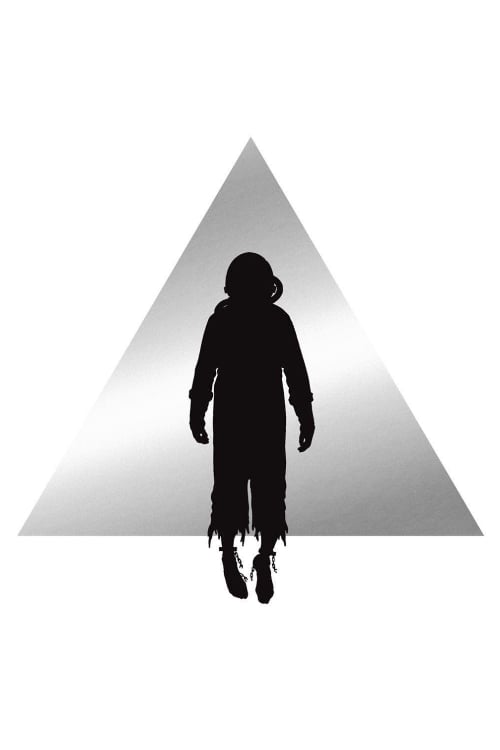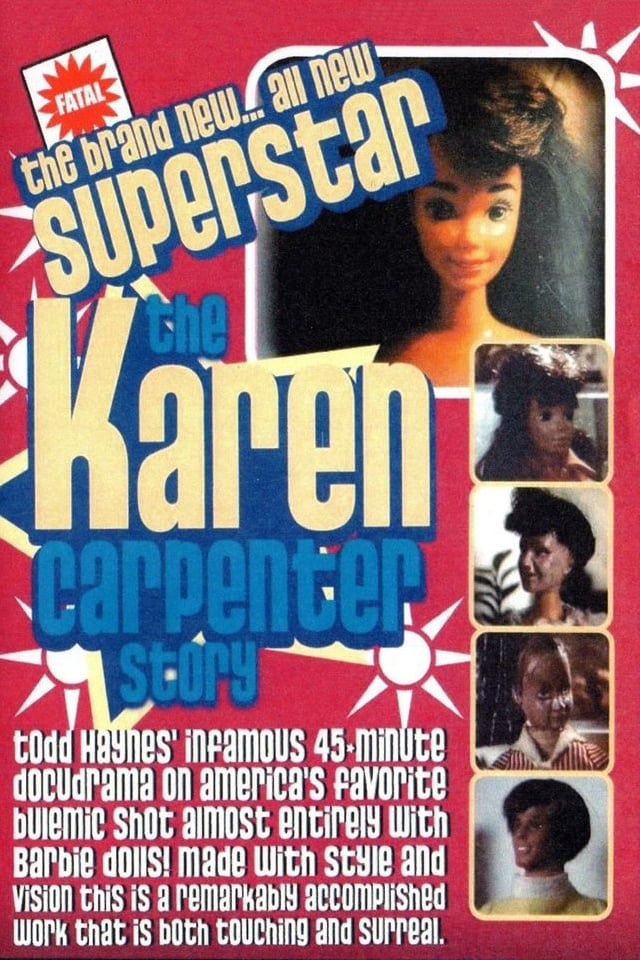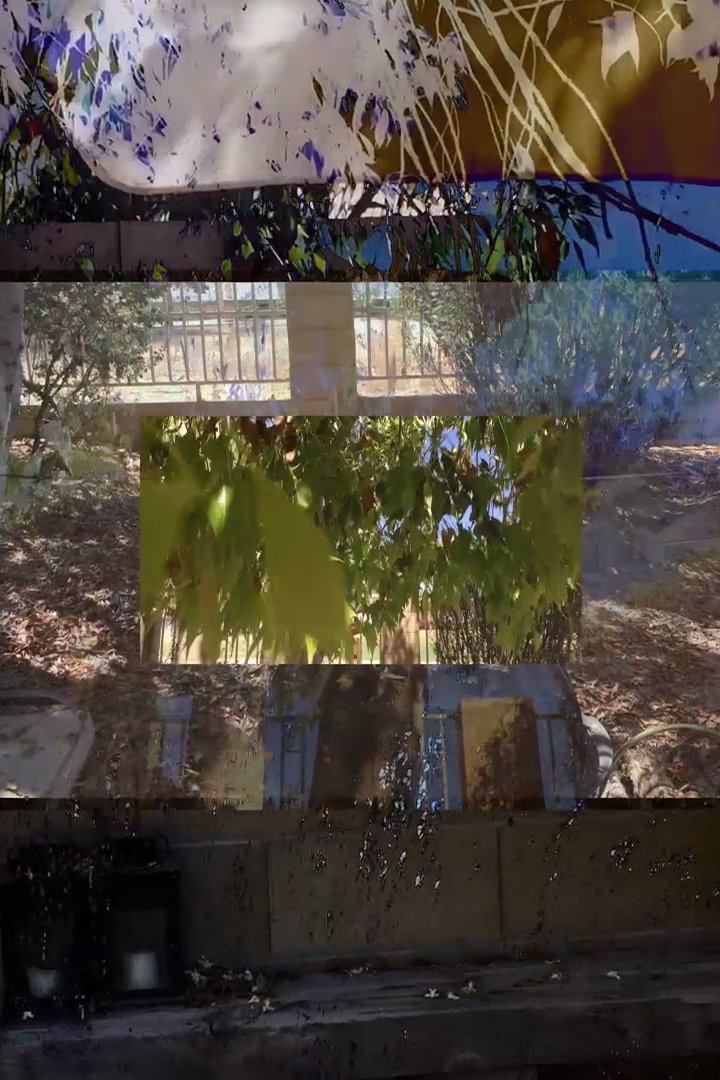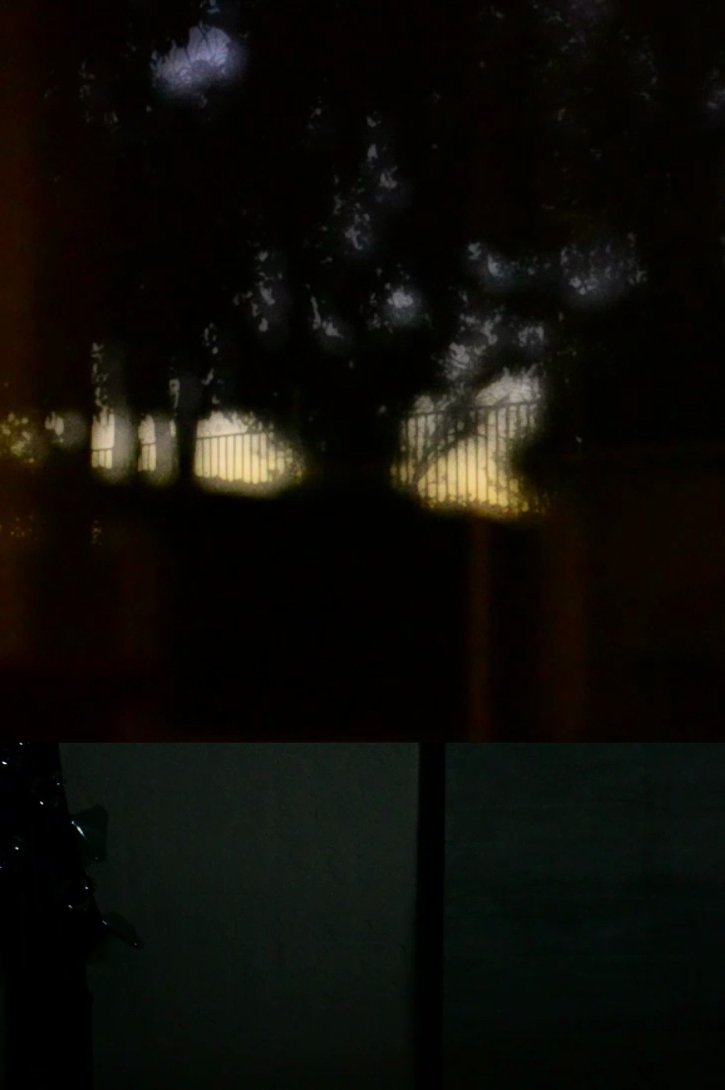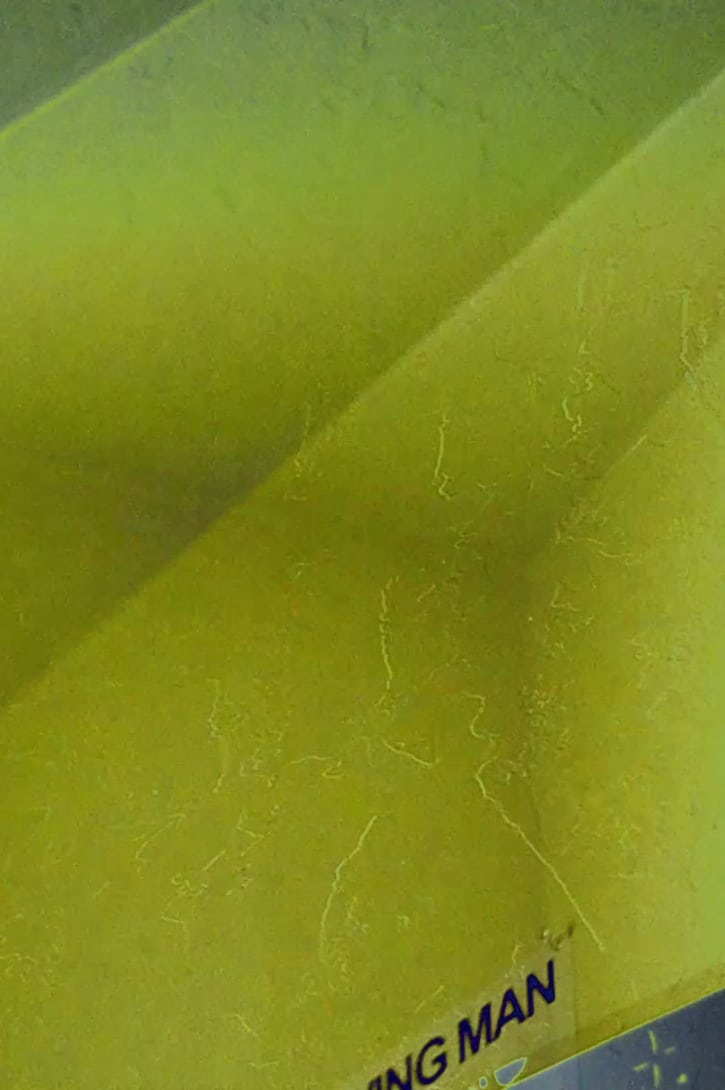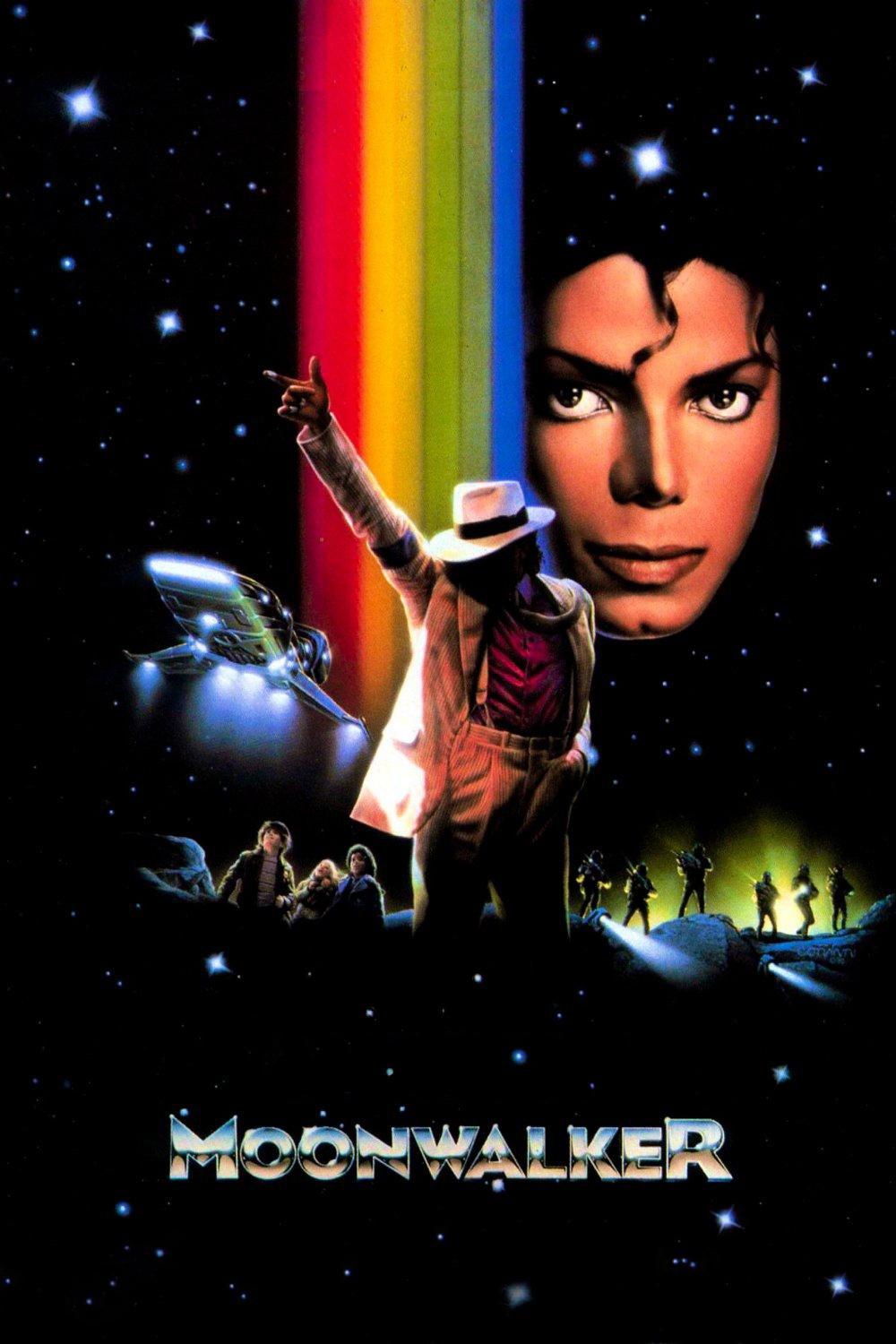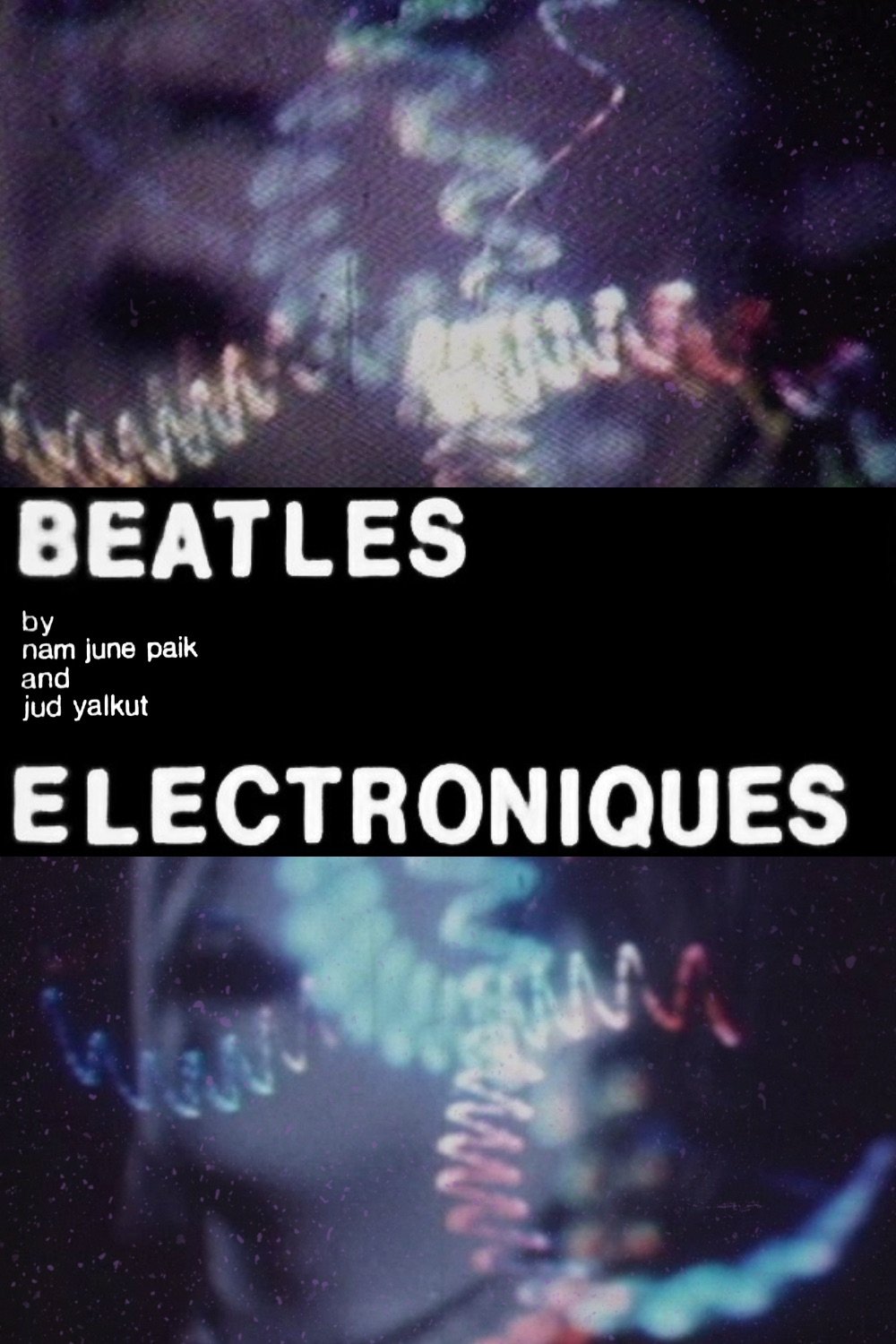Another Sunset (2016)
Overview
4 minute experimental film.
Production Companies
Additional Info
| Budget | $0.00 |
|---|---|
| Revenue | $0.00 |
| Original Language | en |
| Popularity | 0.0688 |
Directed By
Eric Cloutier
Crew
Eric Cloutier
Eric Cloutier
Eric Cloutier
Eric Cloutier
TOP CAST
Similar Movies
Head Rag Hop
A proto-music video: three minutes of experimental animation set to the tune of Romeo Nelson's 'Head Rag Hop'.
Clipping: Splendor & Misery
A surreal post-apocalyptic drama by Patrick Kennelly inspired by the clipping. album “Splendor & Misery”
Theodore of the Absurd
A surreal musical comedy set in a world where the avant-garde and the mainstream are reversed.
Superstar: The Karen Carpenter Story
The final 17 years of American singer and musician Karen Carpenter, performed almost entirely by modified Barbie dolls.
Unknowable
Perception becomes reality, forcing reality to lose perception, crash, and burn.
Kinda Cool to Expend This Much Drool
Don't ask me why, but I feel we're about to cry trying.
Cremaster 5
Cremaster 5 is a five-act opera (sung in Hungarian) set in late-ninteenth century Budapest. The last film in the series, Cremaster 5 represents the moment when the testicles are finally released and sexual differentiation is fully attained. The lamenting tone of the opera suggests that Barney invisions this as a moment of tragedy and loss. The primary character is the Queen of Chain (played by Ursula Andress). Barney, himself, plays three characters who appear in the mind of the Queen: her Diva, Magician, and Giant. The Magician is a stand-in for Harry Houdini, who was born in Budapest in 1874 and appears as a recurring character in the Cremaster cycle.
All Those Things
Something I know or something I was told? When something scalding translates something to behold.
Maybe That's Enough
Platitudes begin at peaks then rapidly descend and dismantle in order to ascend more acutely until they repeatedly and successively overwhelm.
Finds Itself in Corners
Lines align during acclimated apexes, shadowy vertices, and bright burrows.
Moonwalker
Moonwalker is a 1988 American experimental anthology musical film starring Michael Jackson. Rather than featuring one continuous narrative, the film expresses the influence of fandom and innocence through a collection of short films about Jackson, some of which are long-form music videos from Jackson's 1987 album Bad. The film is named after his famous dance, "the moonwalk", which he originally learned as "the backslide" but perfected the dance into something no one had seen before. The movie's introduction is a type of music video for Jackson's "Man in the Mirror" but is not the official video for the song. The film then expresses a montage of Michael's career, which leads into a parody of his Bad video titled "Badder", followed by sections "Speed Demon" and "Leave Me Alone". What follows is the biggest section where Michael plays a hero with magical powers and saves three children from Mr. Big. This section is "Smooth Criminal" which leads into a performance of "Come Together".
Beatles Electroniques
Part of a collection of restored early works by Nam June Paik, the haunting Beatles Electronique reveals Paik's engagement with manipulation of pop icons and electronic images. Snippets of footage from A Hard Day's Night are countered with Paik's early electronic processing.
Highlights
Lights flicker & fade as focus shifts from artificial to natural light, ending on a second artificial light speeding through the blackened miasma of the night sky.
This Must Be My Face
10 minute experimental film. Warning: this video involves frequent strobing.
The Astronaut
A short film recounting the travels of a lonely astronaut confronted by the unknown. Unfolding as a mystery, it becomes a carefully subtle, autobiographical examination of the feeling of loneliness and the existential issue of not understanding life on earth and ones place among it.
Global Groove
Global Groove was a collaborative piece by Nam June Paik and John Godfrey. Paik, amongst other artists who shared the same vision in the 1960s, saw the potential in the television beyond it being a one-sided medium to present programs and commercials. Instead, he saw it more as a place to facilitate a free flow of information exchange. He wanted to strip away the limitations from copyright system and network restrictions and bring in a new TV culture where information could be accessed inexpensively and conveniently. The full length of the piece ran 28 minutes and was first broadcasted in January 30, 1974 on WNET.

